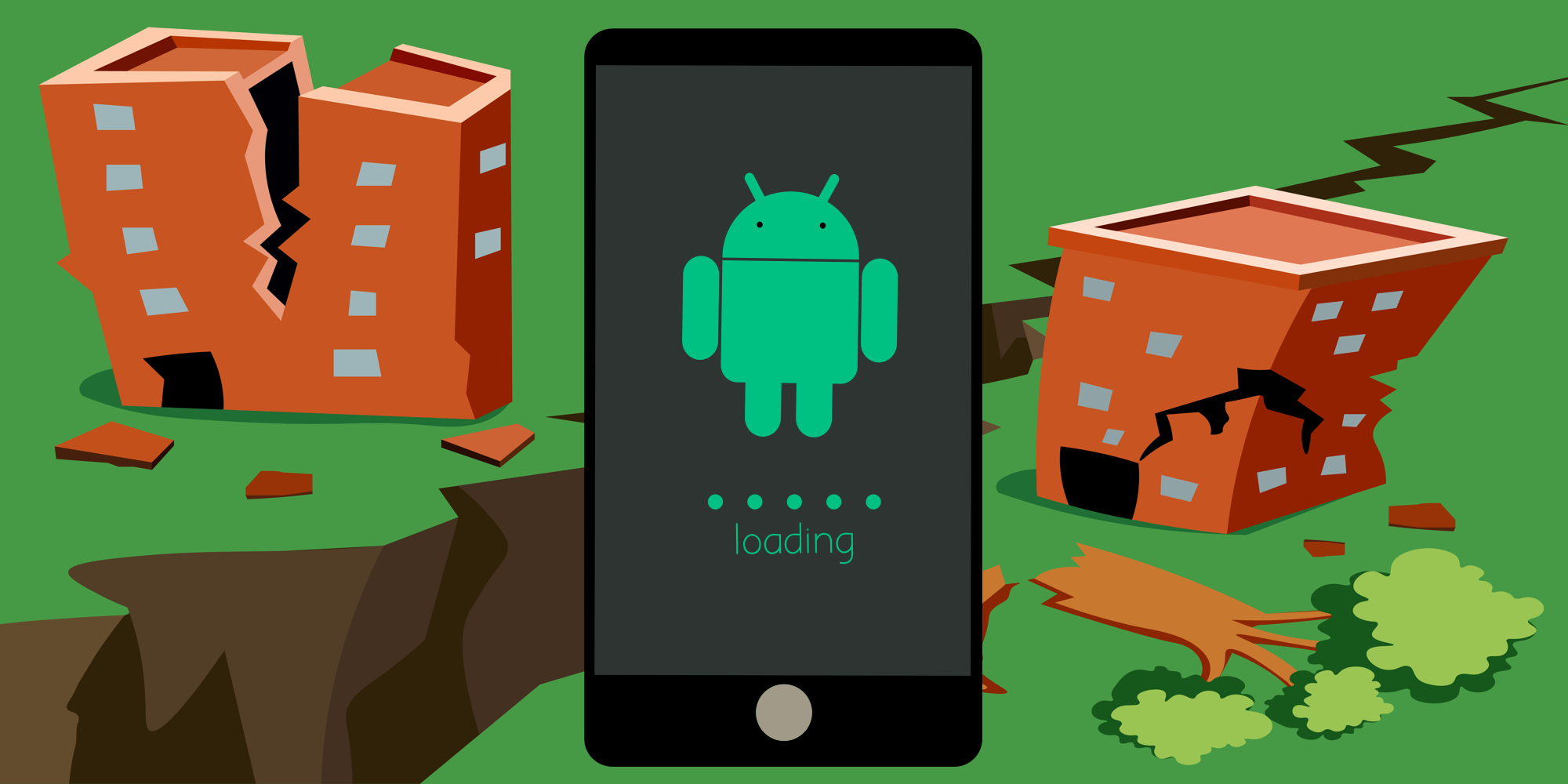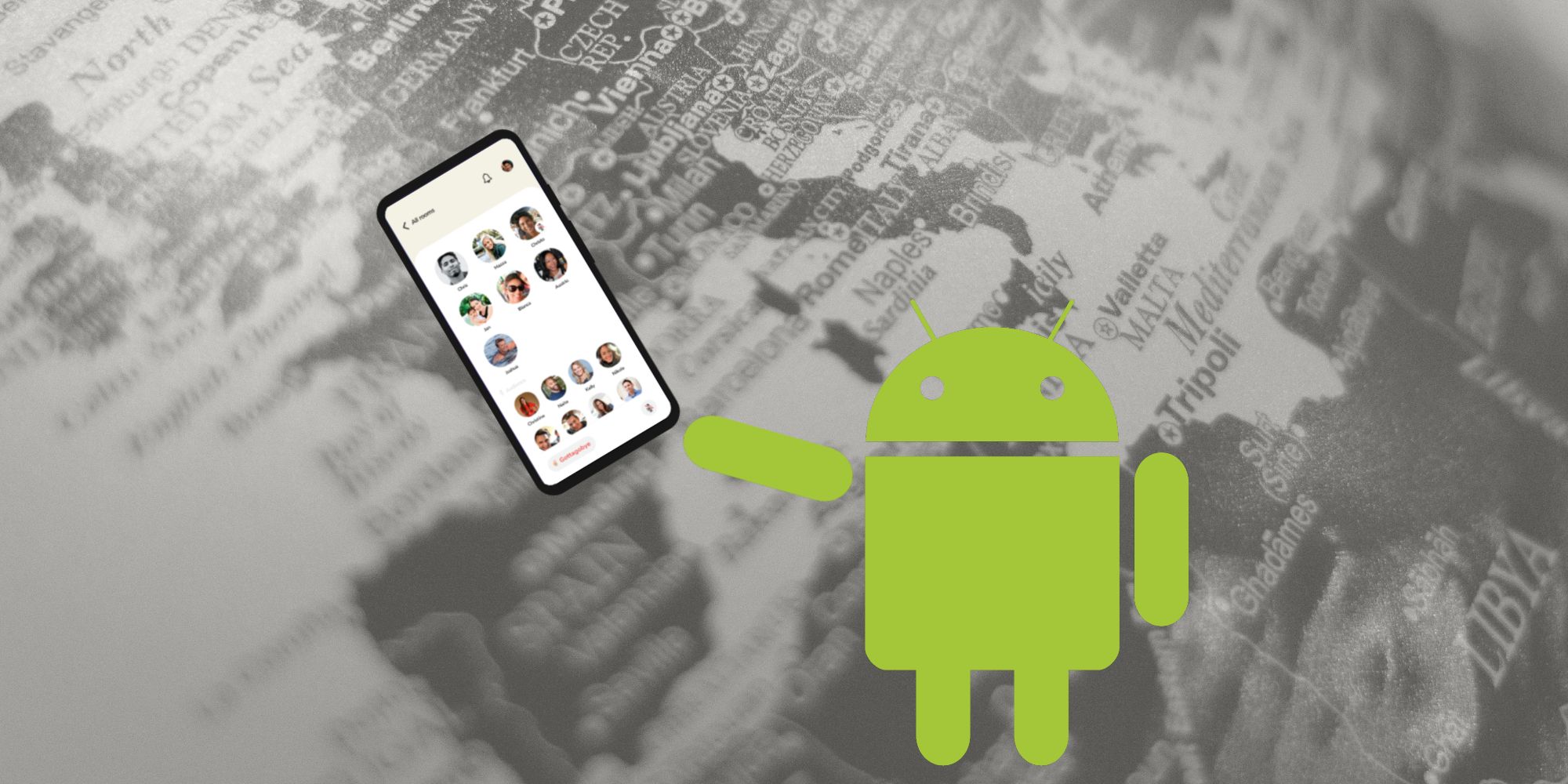With the iPhone 14's new crash detection feature, Android fans may wonder what safety features their phones have; Android 12 and higher phones have earthquake detection. Android phones have many safety features available and can be enabled or disabled depending on each individual's use case and need. Some features, of course, are only available in specific countries, but if they are available to you, it may be a good idea to turn them on just in case since it's better to be safe than sorry in an emergency.
Personal safety is paramount, and phones have slowly been getting more and more features to ensure safety as much as possible. Car crash detection is a handy tool, especially with over 30,000 crashes in 2020 in the U.S. alone. But with advancements in location data and accuracy, other emergency features can also be utilized for more phones, even if they don't have the hardware required for more nuanced detections for events like car crashes.
Before turning on earthquake detection, it's essential to ensure data or Wi-Fi is turned on, and location sharing is enabled. The Android phone will need access to the user's location to give accurate information about emergencies. Next, head over to settings on the phone and tap on 'Safety & Emergency,' and then click on 'Earthquake Alerts.' If the user doesn't see 'Earthquake Alerts,' it may instead be called 'Crisis Alerts.'
Extra Safety Steps To Take
It would be a good idea to download the Personal Safety app on the Play Store, which is most likely already installed on the phone if the user has a Pixel 4 or higher. Next, the user may want to update their personal information in the Safety app so that their information can be shared with local responders in their area in case of an emergency. In the Personal Safety app, there will be many more safety settings users can enable, such as car crash detection, emergency sharing, emergency SOS and other features.
It's essential to take safety seriously, and with computers in almost everyone's pockets, there are many new and exciting ways that phones can help keep people safer and more informed during natural disasters, car crashes and other potentially dangerous emergencies that could happen in someone's life. But, of course, these features require sharing location information and additional information depending on how the Safety app is configured. So for anyone a bit uncomfortable with sharing so much information, even if it's private, these emergency services and location sharing can be turned off and configured as much or little as needed for a personal use case.
Source: Google


